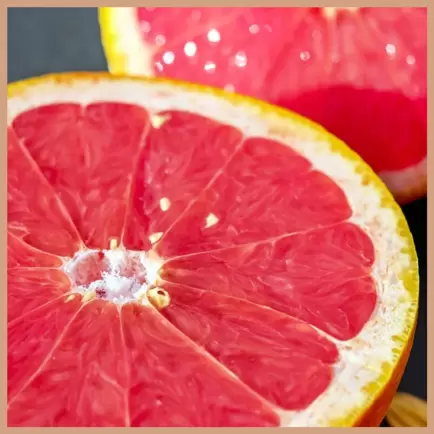Although vitamin C is an essential nutrient that offers benefits related to skin health, vision, healthy joints and much more, it’s most well known for supporting a healthy immune system. This is one reason why it’s recommended that you emphasize foods high in vitamin C in your diet. Wondering, “How can I increase my vitamin C intake?” The very best way is to eat more foods high in vitamin C, such as plant foods including citrus fruits, leafy greens and broccoli, and berries.
|
About Dr. HillDr. Lester (Ted) Hill is a licensed Osteopathic physician, an advanced clinical Nutrition Response Testing® practitioner, and the founder of East Liverpool Family Practice. Blog Archives
February 2024
|
Our HoursMonday: 12pm - 8pm
Tuesday: 9am - 5pm Wednesday: Closed Thursday: 9am - 5pm Friday: 9am - 5pm Saturday & Sunday: Closed Our Location16844 Saint Clair Ave. Suite 3
East Liverpool, Ohio 43920 |
Contact us |



 RSS Feed
RSS Feed